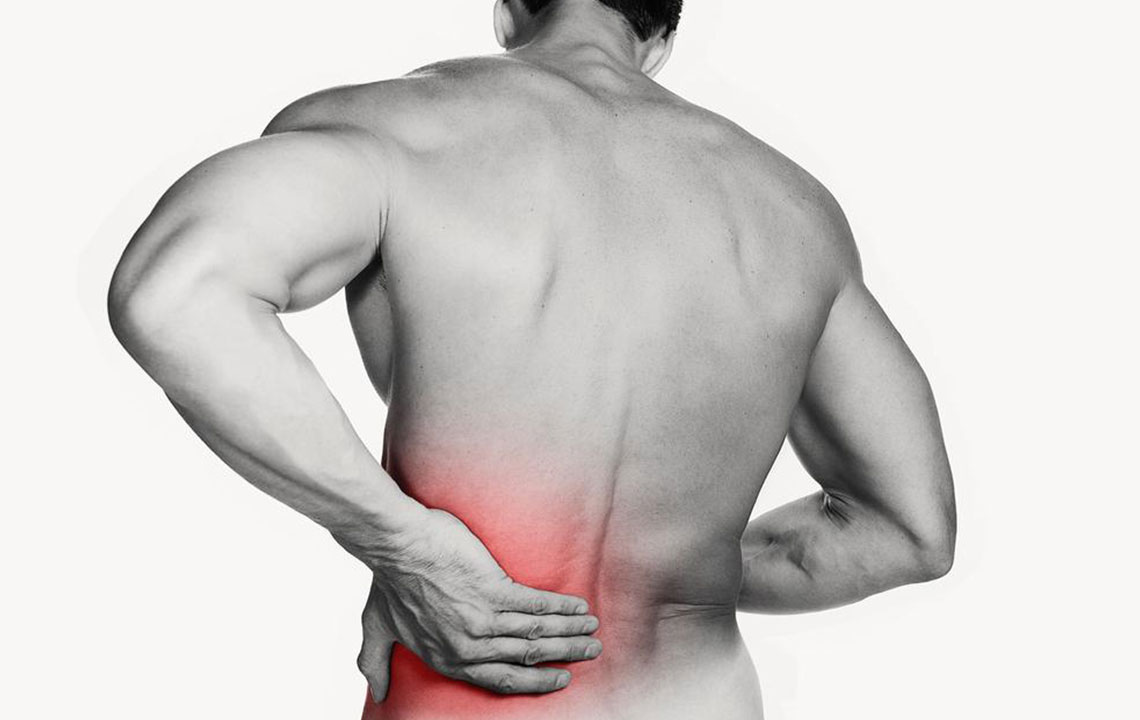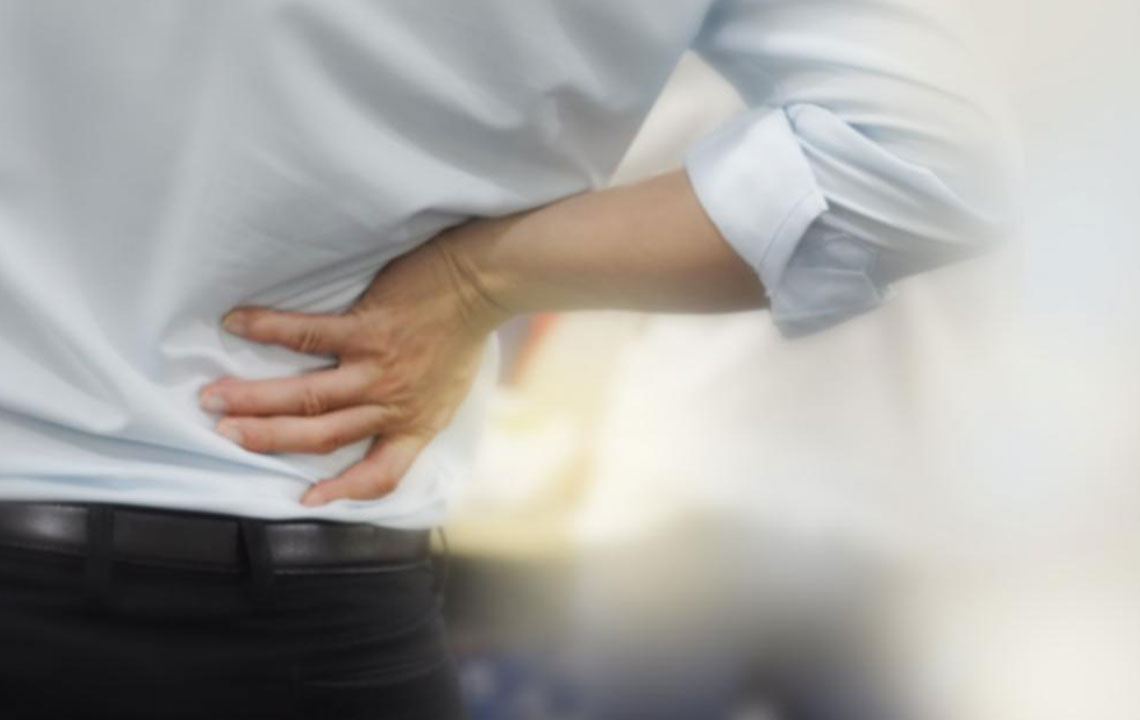Understanding the Causes of Left-Side Back Pain and When to Seek Medical Attention
Left-side back pain is a common issue caused by muscle strains, spinal problems, or internal organ conditions. Recognizing symptoms and knowing when to seek medical help is essential for effective treatment. This detailed guide covers key causes, diagnostic methods, and treatment tips to assist you in managing your back discomfort and ensuring proper medical intervention when necessary.

Key Factors Contributing to Left-Side Back Discomfort
Back pain on the left side is a common complaint among adults, with studies indicating that approximately 80% of people in the United States experience some form of lower left back discomfort during their lifetime. This widespread issue stems from a variety of factors, ranging from minor muscle strains to more complex structural or internal organ problems. Recognizing the root cause is essential for effective treatment and relief. While minor strains often resolve independently within days, persistent or severe pain warrants medical evaluation. This comprehensive overview aims to shed light on the main causes of left-sided back pain, guiding you in understanding your symptoms and making informed decisions on when to seek help.
Muscle Overexertion and Strain
One of the leading causes of left-back pain is muscle overexertion.
Repeated or intense physical activities—such as lifting heavy objects, sudden awkward movements, falls, or sports injuries—can overstrain the muscles supporting your back. Over time, this excessive stress can lead to micro-tears or inflammation, resulting in pain localized on the left side. Healthcare professionals typically evaluate your medical history and physical condition, looking for signs such as:
Muscle weakness or fatigue
Visible signs of strain or injury
Pain during movement, stretching, or bending
Targeted tenderness in specific muscle groups
Most muscle strains in the back tend to improve within a few days to a week with rest, gentle stretching, and appropriate pain management. However, neglecting these symptoms can sometimes lead to more serious issues.
Structural Problems Within the Spine
If muscle overuse is ruled out, the next area of concern involves structural issues within the spine. These are often chronic or result from degenerative changes and can significantly affect your quality of life. Common spinal structural causes include:
Facet joint dysfunction or arthritis, which causes inflammation and pain in small joints between vertebrae
Sacroiliac joint problems, often resulting from misalignment or inflammation of the joint connecting the lower spine to the pelvis
Herniated or slipped lumbar discs, when the cushioning discs between vertebrae protrude or rupture, pressing on nearby nerves
Diagnosis of these conditions involves physical examinations such as neurologic testing, the leg-raise test, and reflex assessments. Medical imaging techniques like X-rays, MRI scans, or CT scans are often necessary to confirm the diagnosis and evaluate the severity of the problem. These imaging modalities help the healthcare provider visualize the bones, discs, and joints to pinpoint the exact source of pain and plan appropriate treatment strategies.
Internal Organ Conditions and Related Causes
Although less common, internal organ health can influence back pain, especially on the left side. Several internal conditions may mimic or cause spinal discomfort, including:
Pregnancy-related changes, which can strain the back due to weight gain and hormonal shifts
Pancreatitis, an inflammation of the pancreas located in the upper abdomen, which can radiate pain to the back
Kidney infections or stones, which often cause severe pain that can radiate to the back and flank region
Ulcerative colitis or other gastrointestinal issues, which may cause referred pain
Gynecological conditions such as ovarian cysts or pelvic inflammatory disease
If your symptoms suggest an internal organ cause, it is crucial to review your recent health history and seek medical advice promptly. Diagnostic tests like ultrasound, blood work, or additional imaging may be required to accurately determine the source and initiate appropriate treatment.
In summary, left-sided back pain can result from a variety of causes, from muscular overuse to complex structural spinal problems or internal organ issues. Recognizing the symptoms and understanding when to see a healthcare professional can greatly improve treatment outcomes and quality of life. If you experience persistent, severe, or worsening pain, especially if accompanied by other symptoms like fever, unexplained weight loss, or neurological deficits, timely medical consultation is critical to identify and address the underlying cause effectively.





